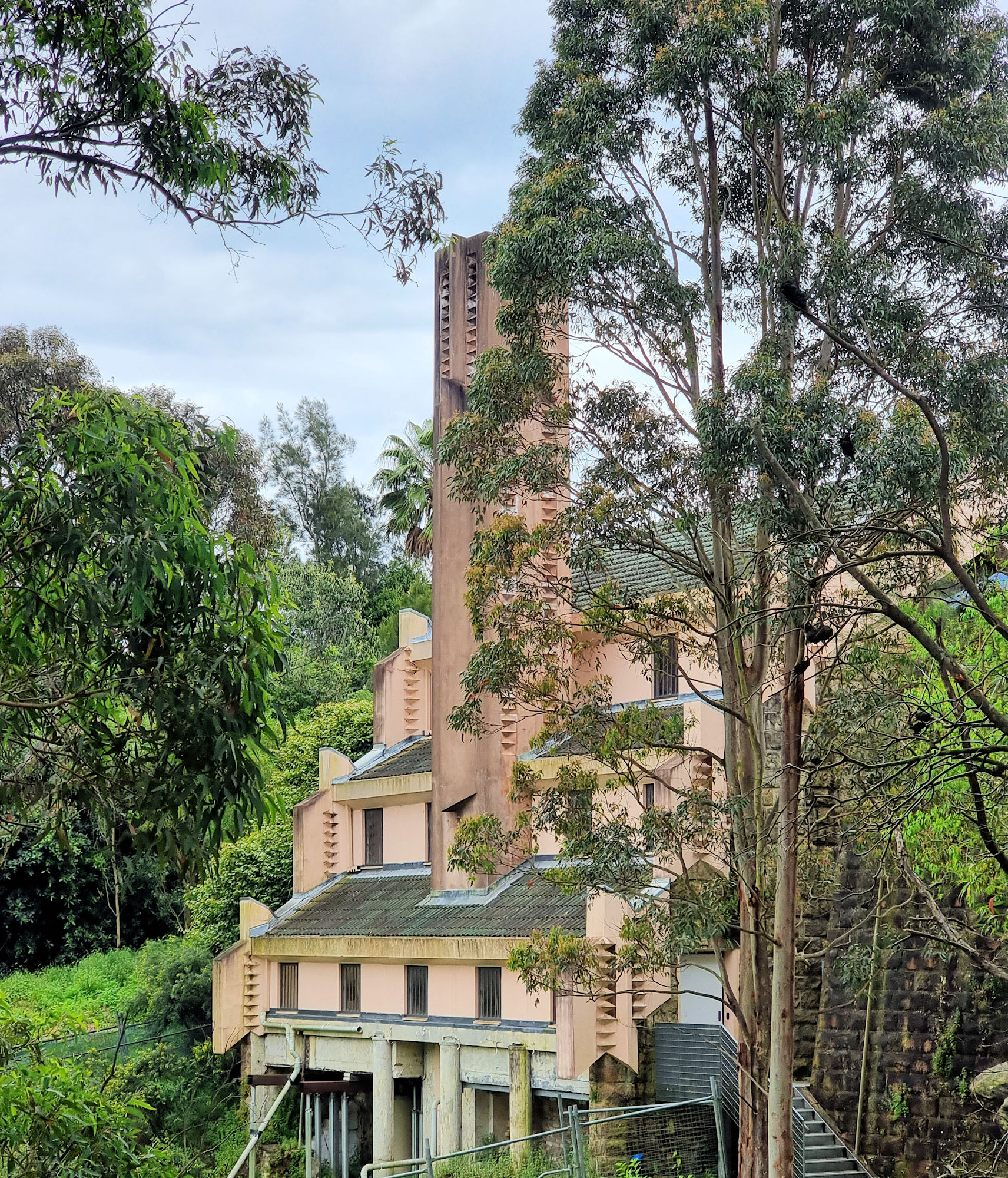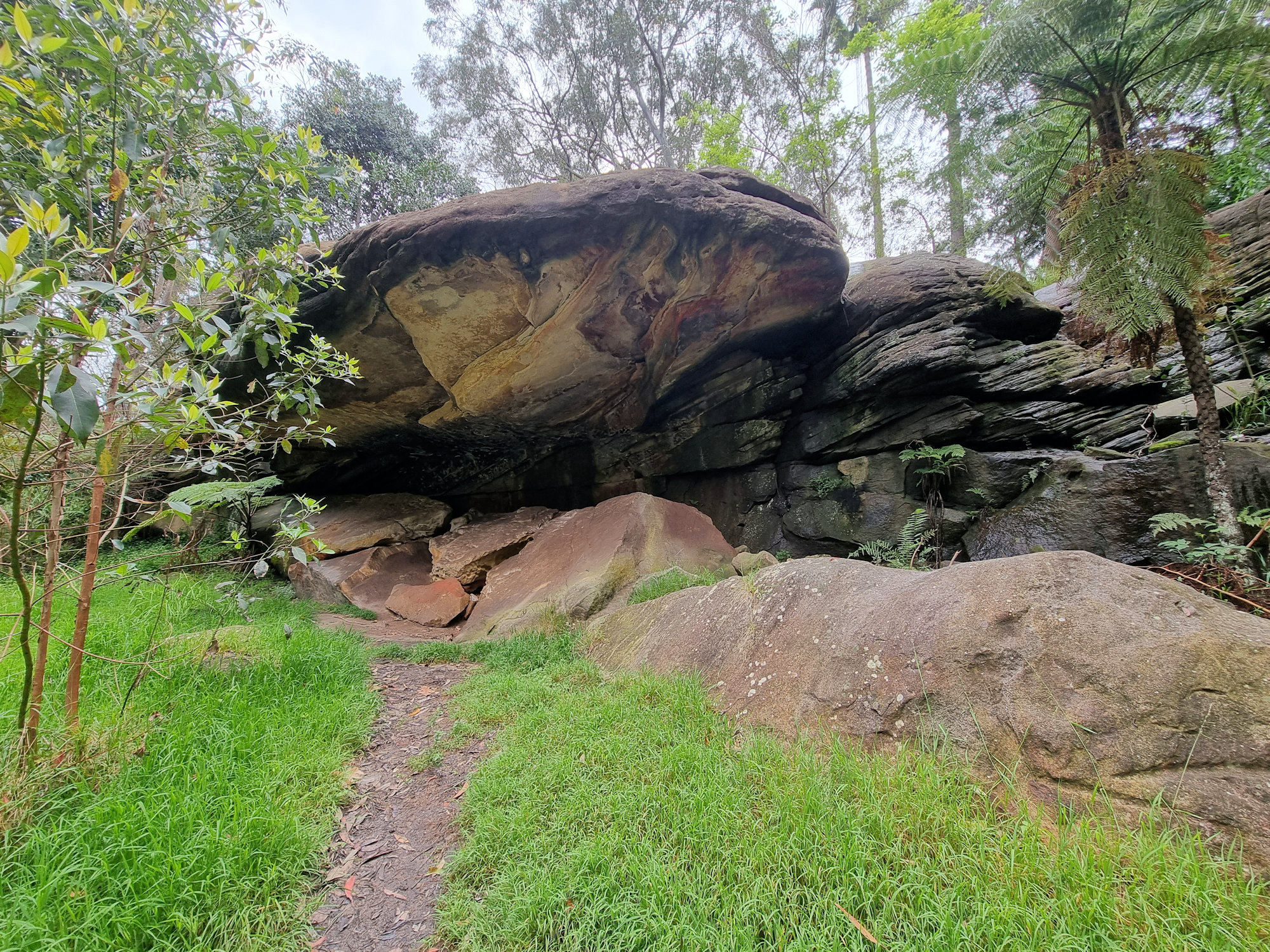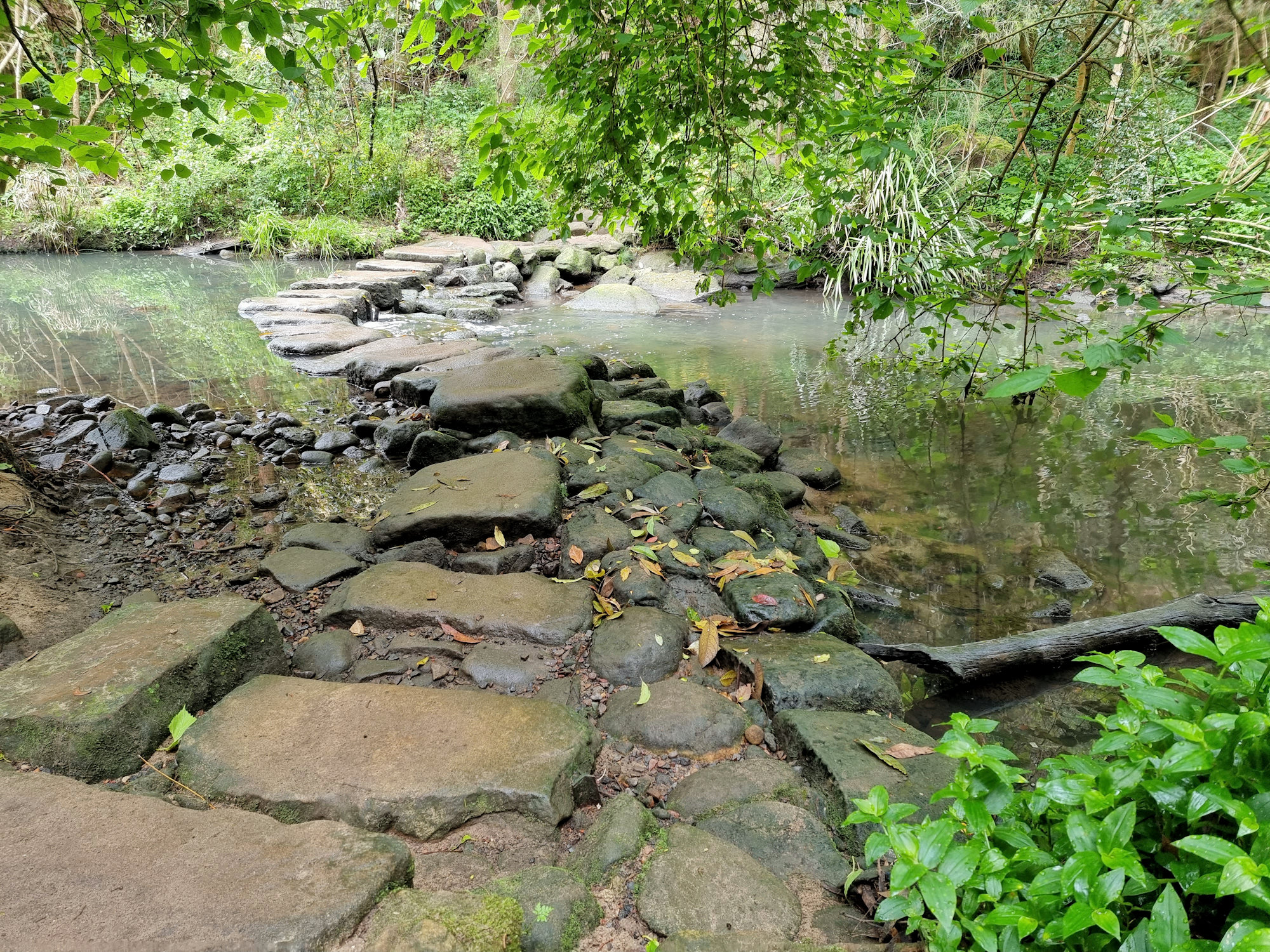Tag: Sydney
-
Walter Burley Griffin Incinerator

Walter Burley Griffin Incinerator Built in 1934 the Walter Burley Griffin Incinerator was originally the Willoughby Municipal Incinerator. Its purpose was to dispose of Willoughby Council’s municipal waste rather than dumping it at the tip. As the name suggests, Walter Burley Griffin designed the building, the same architect responsible for the winning design of the… Read more
-
Henry Lawson Cave

Henry Lawson Cave Born in Grenfell, New South Wales in 1867, Henry Lawson is one of Australia’s most well-known writers. Although his works were published during his lifetime, Lawson suffered from financial and alcohol problems. While living at Market Street in Naremburn, he would often stop at what is now called the Henry Lawson Cave… Read more
-
Flat Rock Gully Walking Track

Flat Rock Gully Walking Track Located in the Sydney council of Willoughby, Flat Rock Gully Walking Track is a 4km return trip through bushland bordering a small creek. Utilised for the disposal of domestic and industrial waste until 1985, the area became overgrown with weeds. Following the closing of the tip and associated incinerator, the… Read more